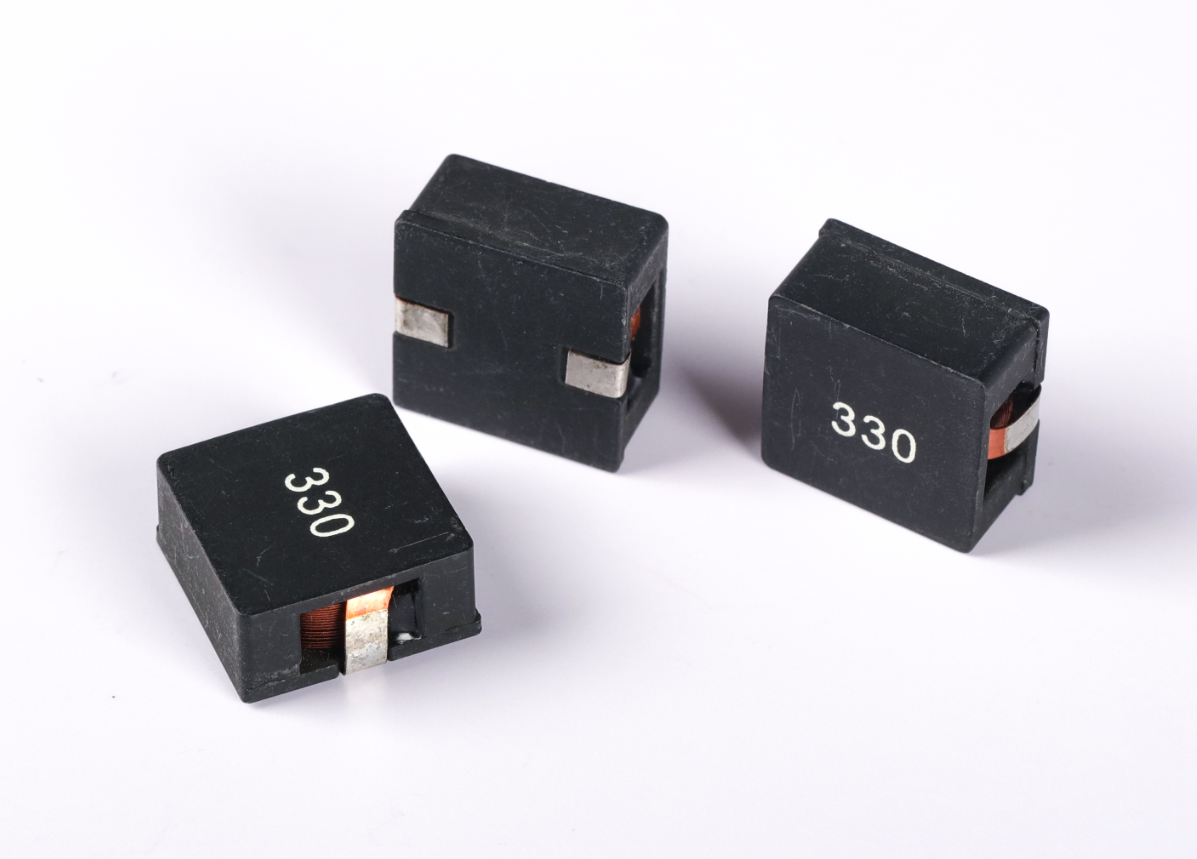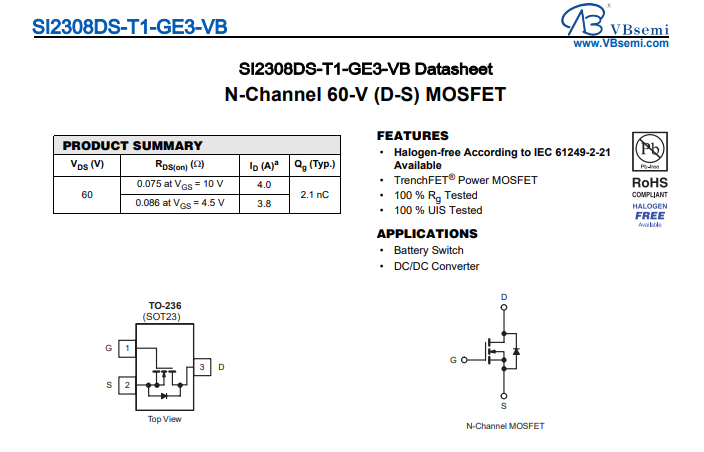Zinc Bromine Battery
Project Overview
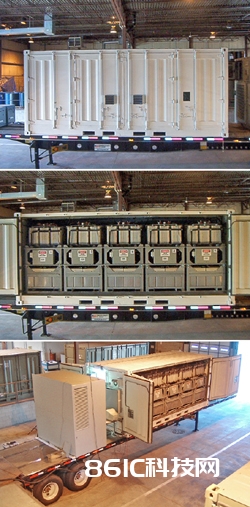 |
This demonstraTIon project uTIlizes a zinc bromine battery storage system installed at an electric uTIlity distribuTIon substation to reduce overloads during peak demand periods. The zinc bromine battery is discharged when the substation circuits exceed a predefined threshold. The objective is to defer a substation transformer upgrade until all associated planning and permitting can be accomplished.
The California Energy Commission is supplying project implementation funding and the US Department of Energy ESS program is sponsoring and funding the data management, collection and analysis activities. The data management activities are directed by Sandia National Laboratories through contracts with EPRI and Distributed Utility Associates.
Why is CEC/DOE sponsoring this project
This project offers a unique opportunity to demonstrate and better understand the capabilities of a zinc bromine battery based storage system and compare the economics and lifecycle costs to some of the other T&D deferral options currently available.
The benefits to the state of California, based on a successful demonstration of the ZBB technology would be the ability to reduce peak demand on the electric power system while continuing to support customer loads and allowing those customers that may normally see a blackout to continue with process operation and production. The technology has the potential to relieve transmission and distribution capacity at needed times. This is also one of the first demonstration projects where real time monitoring and data collection are being used to measure system performance and validate the system performance claims.
How The Technology is Being Applied
This demonstration consists of a 2MWh storage system, composed of four 500kW energy storage modules in parallel. The system will be used in a peak shaving substation deferral application on the Pacific Gas and Electric (PG&E) service territory. Monitoring and data acquisition has been specified such that system availability and power/energy parameters will be accessible via the website. Any time the system is operated, the kilowatts supplied by the storage unit and the total kilowatts drawn by the circuit loads will be viewable via graphical display by day, week, month, etc.
The system will be used in a peak shaving substation deferral application on the Pacific Gas and Electric (PG&E) service territory. The site selection process is underway. Specifics will be posted once the location is chosen. The zinc bromine battery is discharged when the substation circuits exceed a predefined threshold. The objective is to defer a substation transformer upgrade until all associated planning and permitting can be accomplished.
Along with the potential for T&D upgrade deferrals, large battery storage systems such as this one can potentially supply additional T&D benefits such as demand reduction, arbitrage and buffers for long transmission lines.
Technology Description
The zinc/bromine battery is very different in concept and design from more traditional batteries such as the lead/acid battery. The battery is based on the reaction between two commonly available chemicals, zinc and bromine.
The zinc/bromine battery can be repeatedly fully discharged without any damage to the battery and has a life of at least one thousand five hundred charge/discharge cycles. This battery is ideally suited in applications that require deep cycle and long cycle life energy storage. The zinc/bromine battery is predominately made with low cost, recyclable plastics and manufactured with techniques suitable for mass production and at low production costs.
The battery consists of a zinc negative electrode and a bromine positive electrode separated by a microporous separator. An aqueous solution of zinc/bromide is circulated through the two compartments of the cell from two separate reservoirs. The electrolyte stream in contact with the positive electrode contains bromine which is maintained at the desired concentration by equilibrating with a bromine storage medium. The bromine storage medium is immiscible with an aqueous solution containing zinc bromide. All battery components are made from a bromine inert plastic.
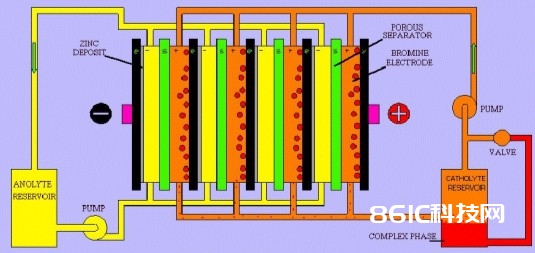
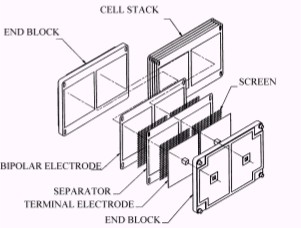 |
Unlike the lead acid and most other batteries, the zinc/bromine battery uses electrodes that cannot and do not take part in the reactions but merely serve as substrates for the reactions. There is therefore no loss of performance, as in most rechargeable batteries, from repeated cycling causing electrode material deterioration. When the zinc/bromine battery is completely discharged all the metal zinc plated on the negative electrodes is dissolved in the electrolyte and again produced the next time the battery is charged. In the fully discharged state the zinc/bromine battery can be left indefinitely.
The zinc/bromine battery offers 2 to 3 times the energy density (75 to 85 watt-hours per kilogram) with associated size and weight savings over present lead/acid batteries. The power characteristics of the battery can be modified, for selected applications. Therefore, the zinc/bromine battery has operational capabilities which make it extremely useful as a multi-purpose energy storage option.





